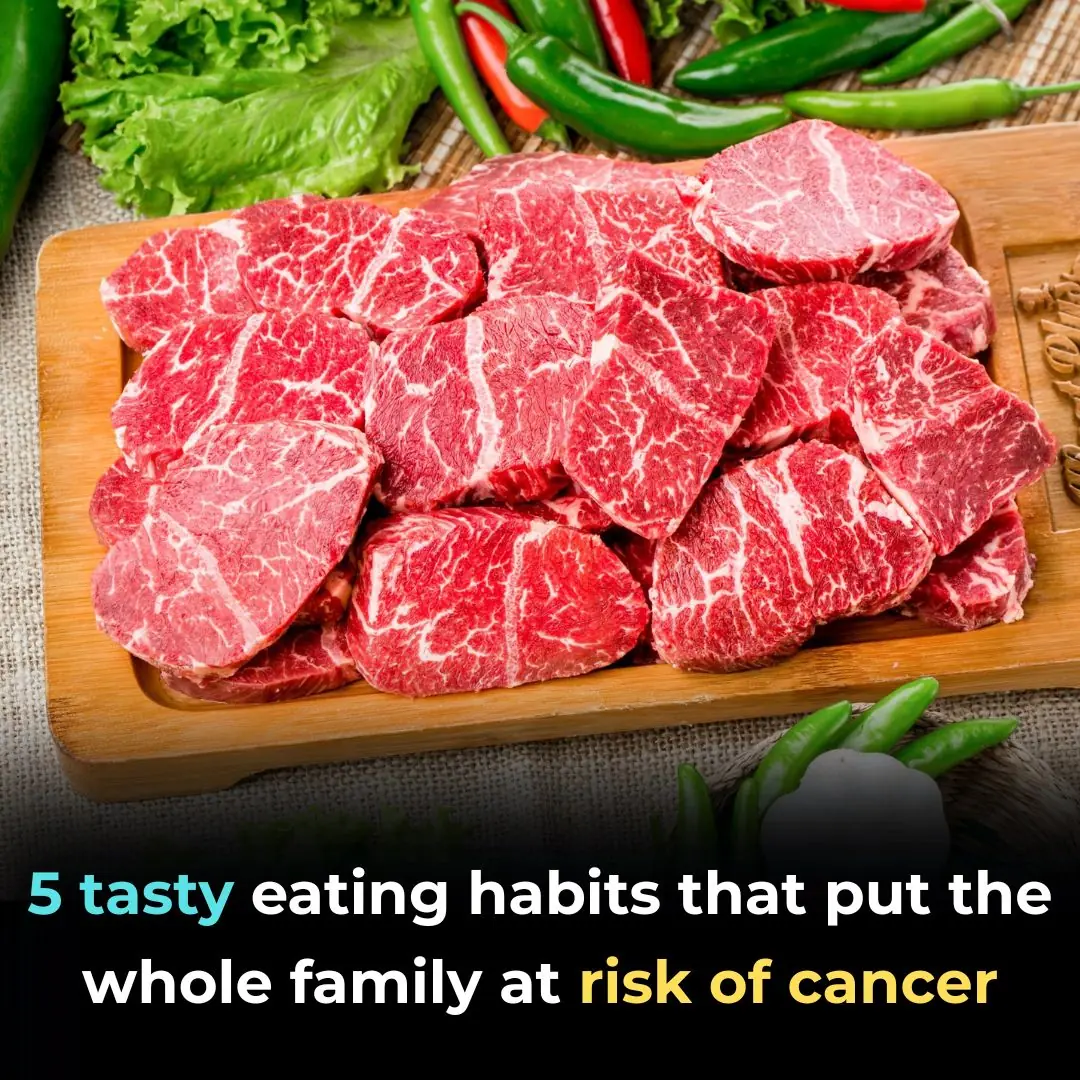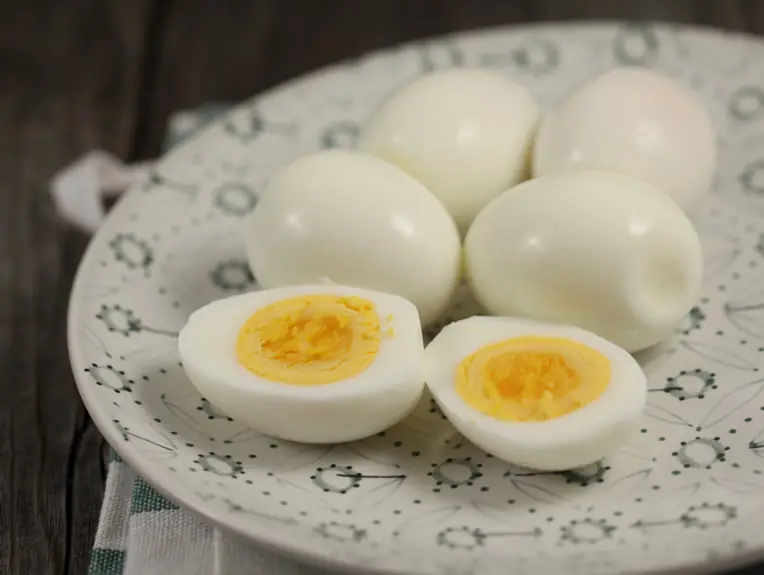
Why Eating Glass Noodles (miến) Can Make Your Stomach “Growl” — And 2 Times You Should Avoid Them to Protect Your Stomach
Many people experience a strange “rumbling” feeling in their gut—or what Vietnamese call cồn ruột—after eating glass-noodles (miến). Why does this happen? And more importantly: when is it better to avoid miến altogether to protect your stomach?
What is miến (glass noodles)?
Miến are dried thread-type noodles typically made from starches such as mung bean, cassava, sweet potato, potato or tapioca. They are stored dry and used in soups, stir-fries, salads. Nutritionally:
-
They are relatively low in fat, modest in protein and high in carbohydrate (starch).
-
Most varieties contain little fibre.
For example: “Glass noodles … contain about 0.9 g fiber per cup, 39 g carbohydrate per serving” according to one nutritional summary. SpiceSEA Nutrition+1 -
Many articles label them as low-glycemic index (GI around 20-45) depending on starch source. Sunright Foods+1
Why might you feel “cồn ruột” (stomach rumbling / intestinal gurgling) after eating miến?
Here are several plausible reasons:
-
Rapid movement of food and gas through the gut
After a meal, digestion triggers muscle contractions (peristalsis) in the stomach and intestines. Liquids, food, gas are moved and create audible rumbling sounds. Healthline+1
Miến being a starch-rich food (and sometimes lower in fibre) may move through parts of the gut relatively quickly, or create a mismatch of digestion speed, leading to increased sounds or sensations. -
Low fibre content and starch composition
Although miến can have benefit (resistant starch etc), their fibre content is low. Fibre helps slow digestion and stabilise absorption. If you eat a large portion of miến without other foods (vegetables, protein, fibre), digestion may be less buffered—leading to sensations of rumbling or discomfort. -
Starch fermentation or resistant starch effects
Some studies show that glass noodles produced from mung bean or other starches have measurable levels of resistant starch (RS) — that is starch not fully digested in the small intestine and reaching the colon where bacteria ferment it. Thai Science+1
Fermentation can generate gas and contribute to rumbling. Also, individuals with sensitive guts (gas, IBS, gastritis) may perceive this more strongly. -
Possible over-consumption, or fast eating
Eating quickly, talking while eating, or ingesting large portions can lead to more swallowed air, more gas production and rumbling. Vinmec International Hospital+1
Finally, if you have sensitive stomach / gastritis / acid-reflux the mild “cool” nature of miến (in traditional classification) combined with other foods (spicy condiments, sour sauces, heavy oil) may trigger stomach discomfort.
Two key times when you should avoid eating miến (or minimise it) to protect your stomach
Based on the nature of miến and digestion, here are two time-windows when it is advisable to avoid miến:
-
Late evening / after 9 pm
Eating miến late at night may increase the risk of indigestion and interfere with sleep. Your digestive system slows down during rest hours; a large starch meal may sit longer, ferment and cause discomfort. So if you want miến, it’s better to have it in the morning or around lunch, when your digestive system is more active. -
Immediately after having heavy fried / oily foods
If you’ve already eaten a large portion of fried foods (which are “hot” in traditional Vietnamese classification) and then have miến (which is “cool” in that classification) the digestive “balance” may be upset. From a modern view: huge amounts of fat + oil slow digestion; adding a high-starch food immediately on top may over-burden your stomach and intestines — causing rumbling, bloating, discomfort. So avoid stacking miến directly after heavy fried meals; instead wait or choose lighter options.
Practical suggestions for eating miến more comfortably and safely
-
Combine miến with vegetables, lean protein (eg chicken, tofu, shrimp) and a moderate amount of oil. This will slow digestion, add fibre and nutrients.
-
Eat smaller portions rather than a huge bowl on an empty stomach.
-
Chew slowly, eat mindfully to reduce swallowed air and help digestion.
-
If you have gastritis, acid-reflux, or sensitive digestion: moderate the amount of spicy/sour condiments when eating miến.
-
Avoid eating leftover miến which has been sitting for long hours at room temperature — this may encourage bacterial growth or fermentation-gas generation.
Summary
In short, miến can be a convenient and tasty carbohydrate option. But because of its starch-rich, low-fibre nature and digestion dynamics, it can lead to that “cồn ruột” feeling — especially in sensitive individuals or at certain times (late at night; right after heavy fried food). By selecting the right time, portion size, and meal composition, you can enjoy miến more comfortably and reduce the risk of digestive discomfort.
News in the same category


Actor Woody McClain to Release New Comic Book Series, ‘The Brotherhood,’ Inspired by the Men in His Family

Coco Gauff Celebrates 21st Birthday With New Balance Sneaker Release Honoring Her Grandmother & Florida Roots

Actively Black Turned NYFW Into Living History

Free-to-play Futurama: Hit & Run game could be the sequel fans have waited 22 years for

Trump and Zelensky have savage response to calls to build 70-mile tunnel linking Alaska to Russia

If Your Home Uses Mẻ Regularly — You Must Read This!

Keep Mosquitoes Away Naturally: Simple Home Remedies That Really Work

For Anyone Who Loves Sweet Potatoes — Read This! It’s Never Too Late to Know

Drinking Roasted Black Bean & Ginger Water: After 7 Days, Your Body Receives 3 Major Benefits

5 Everyday Foods That Quietly Drain Your Calcium — Young or Old, Everyone Should Watch Out

Use Plantain (Plantago major) to Brew a Drink — Your Body Gets 5 Fantastic Benefits

4 Herbal Hair Rinses to Prevent Hair Loss, Promote New Growth & Restore Shine

A 3-Year-Old Boy Got Super Glue in His Eye — His Mother’s “Golden 30 Seconds” Saved His Sight

Growing Concern Over Visceral Fat — Doctors Recommend 9 Foods to Help Burn It Naturally

‘This Is An Opportunity For You To Get Some Portal Film’ | Deion Sanders’ Ruthless Scrimmage Urging Bench Players To Transfer Angers Fans

Texas Cheerleader Jumps Off Homecoming Float To Save Choking Toddler

Meet Andrea Walls, the Artist Preserving Black Stories Through Photography

5 Tasty Eating Habits That Could Be Silent Cancer Risks for the Whole Family — Avoid Them Now
News Post

Tomorrow, a Community Says Goodbye to K9 King: A Four-Legged Hero Who Will Never Be Forgotten

Meet Sister Rosetta Tharpe, The Godmother Of Rock ‘N’ Roll

Daddy’s Girl: A Bond Beyond Time

Tips for freezing tomatoes to eat all year round, the flavor is always fresh and delicious like freshly picked

Health benefits of lemon peel, don't throw it away and waste it

Actor Woody McClain to Release New Comic Book Series, ‘The Brotherhood,’ Inspired by the Men in His Family

Coco Gauff Celebrates 21st Birthday With New Balance Sneaker Release Honoring Her Grandmother & Florida Roots

Actively Black Turned NYFW Into Living History

4 effective ways to clean yellow armpit stains on white shirts, making them as white as new

Identify enoki mushrooms soaked in formaldehyde poison thanks to 5 typical signs

8 devices that consume the most electricity, twice as much as air conditioners: Remember to unplug after use, or your bill will skyrocket.

Golden tips for choosing ham: Identify borax with a simple, absolutely safe way

How to recognize fish infected with urticaria: Don't buy it even if it's cheap as if it were given away.

Soak lemongrass with vinegar to get a special type of water with wonderful uses.

What Happens If You Eat 4 Whole Eggs a Day for 30 Days?

The Most Powerful Anti-Cancer Food You’ve Probably Never Tried

How to Use Frozen Lemon to Help Combat Malignant Tumors in the Body

When a Liger Met the Dolphins.

A Great Day in Harlem — and the Echo That Followed.
